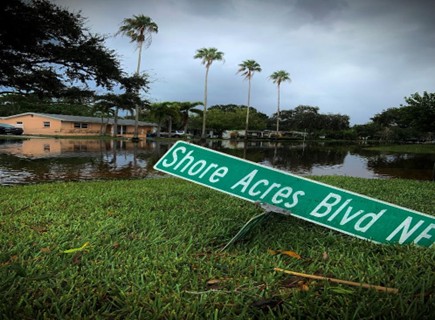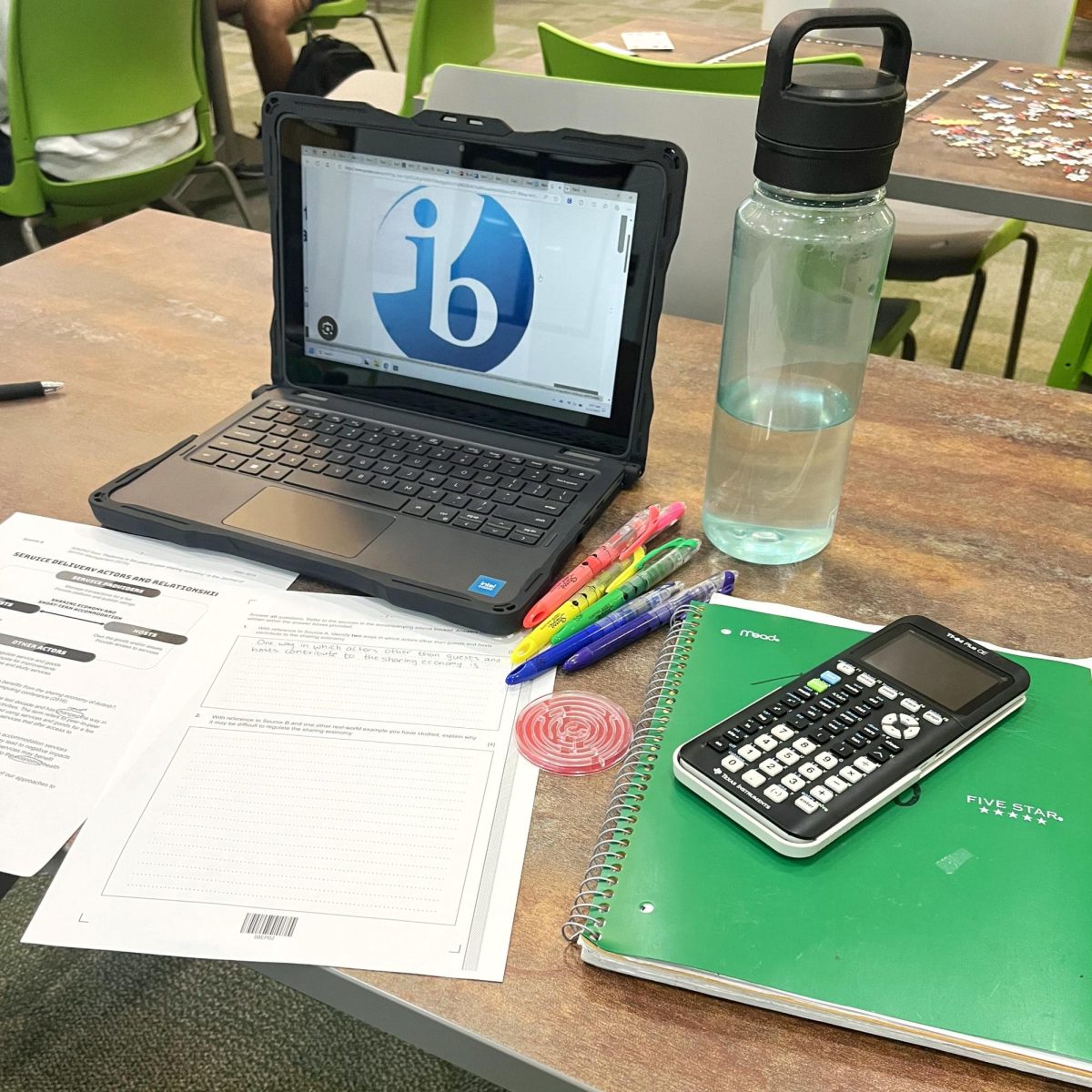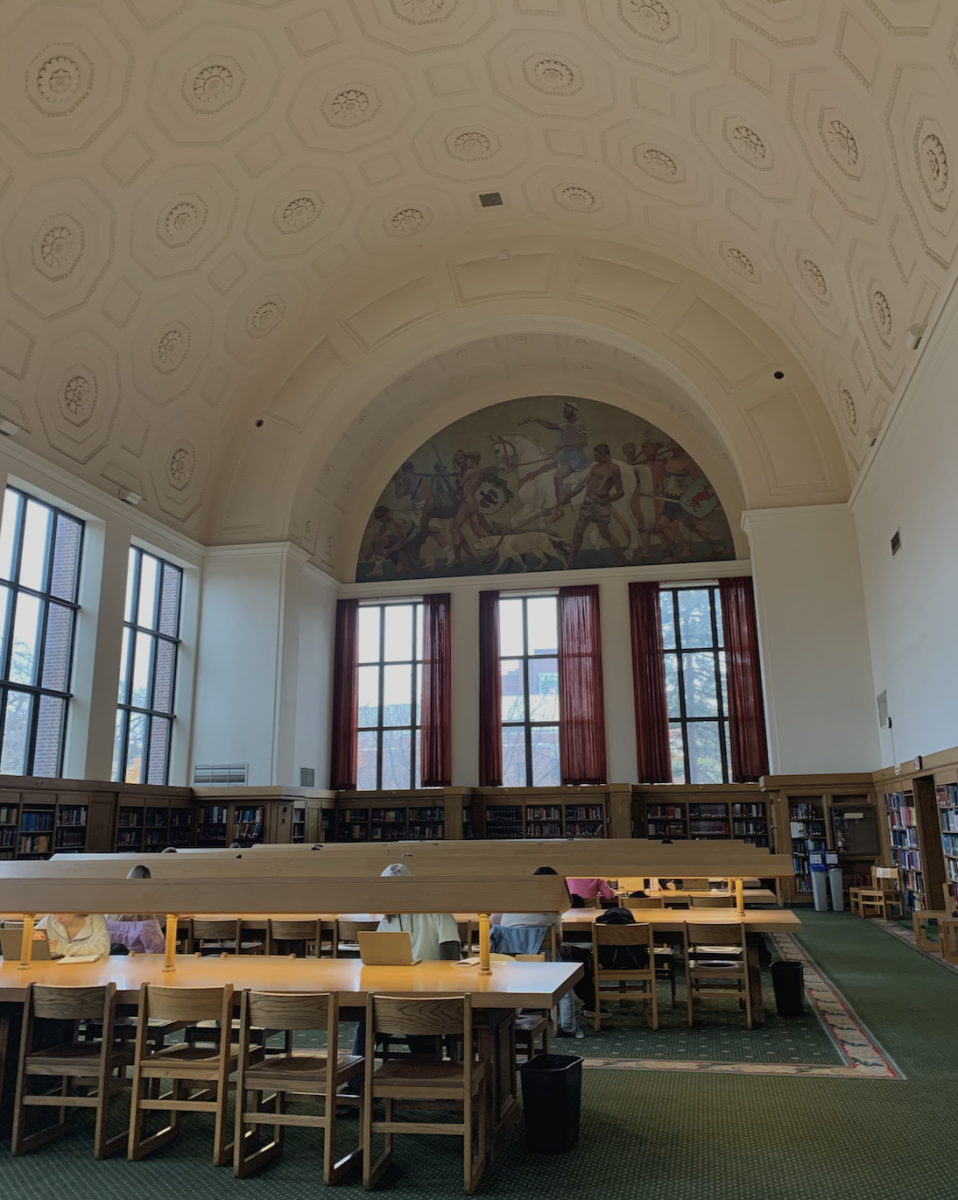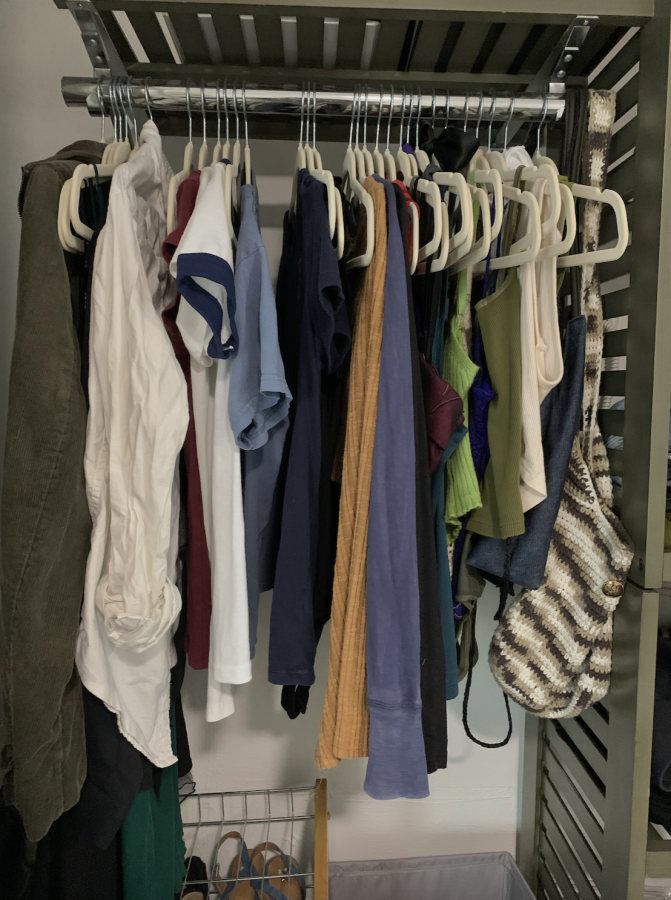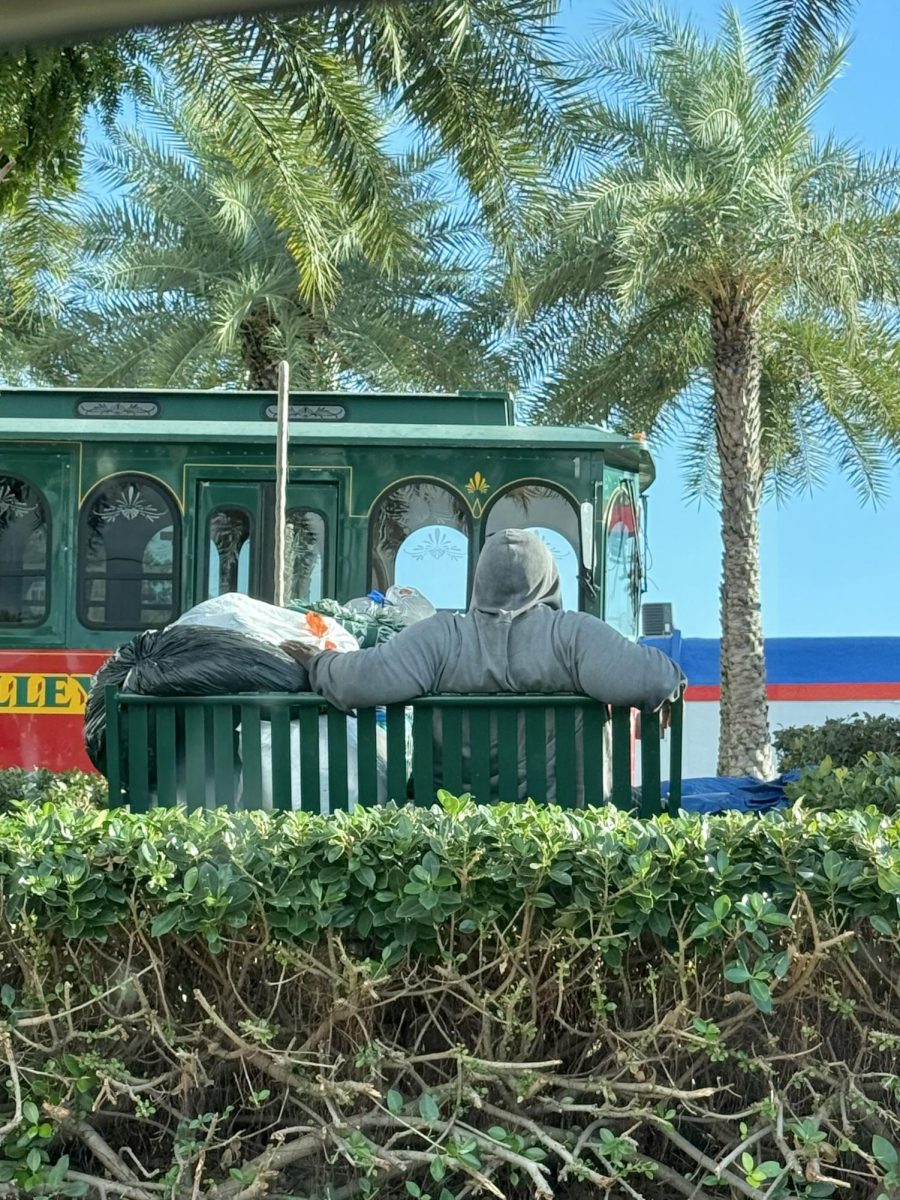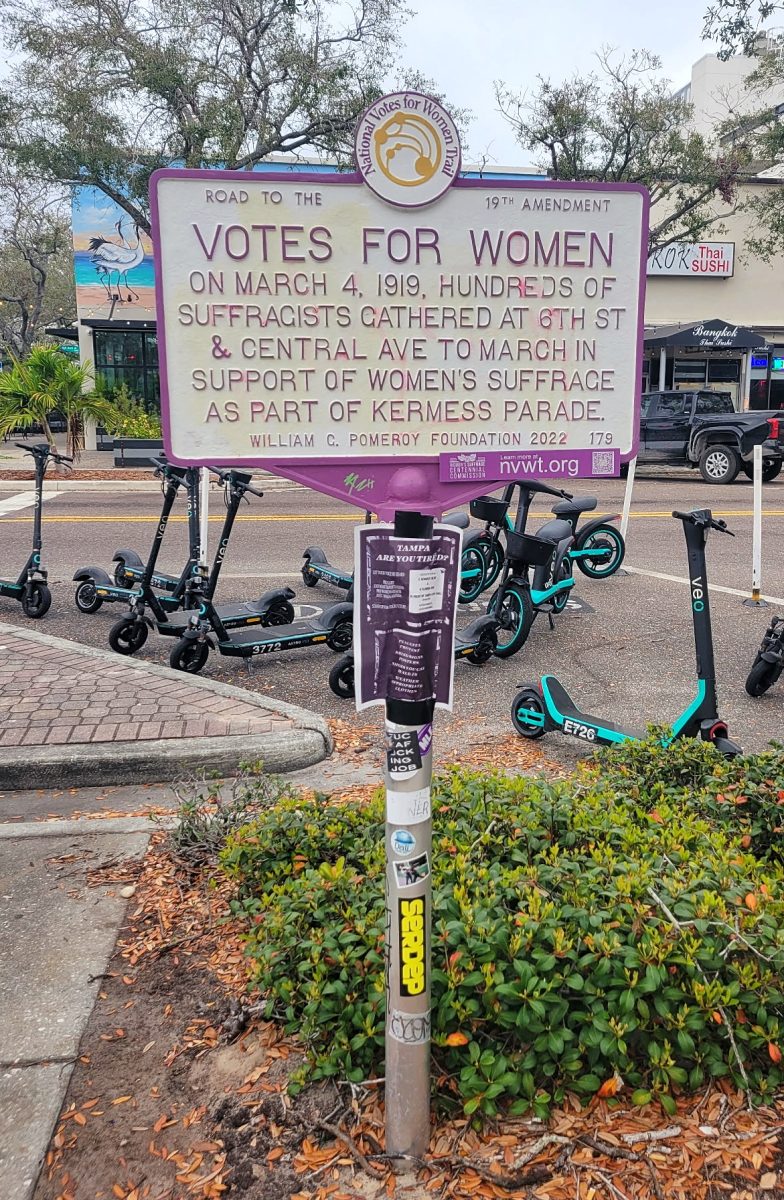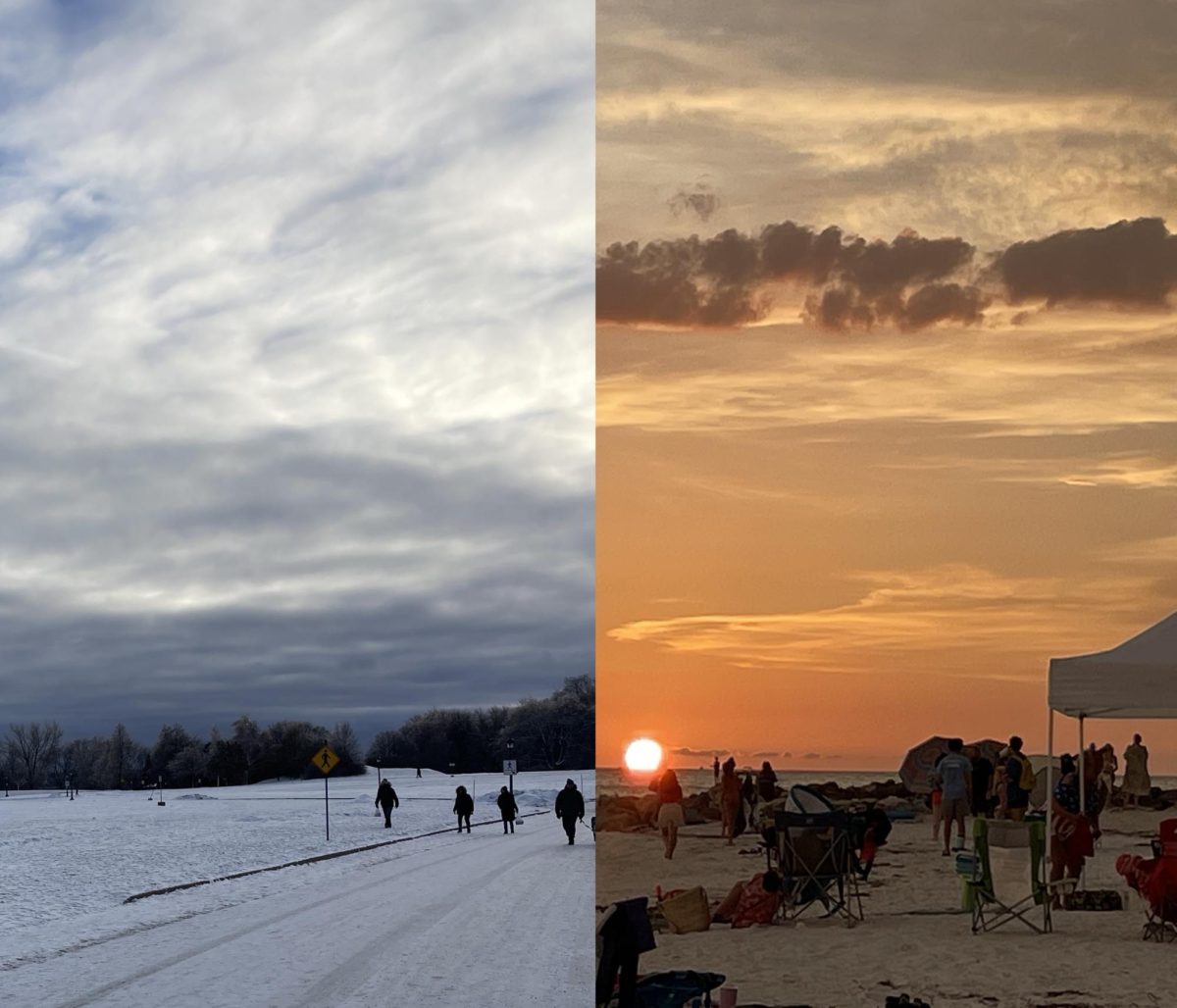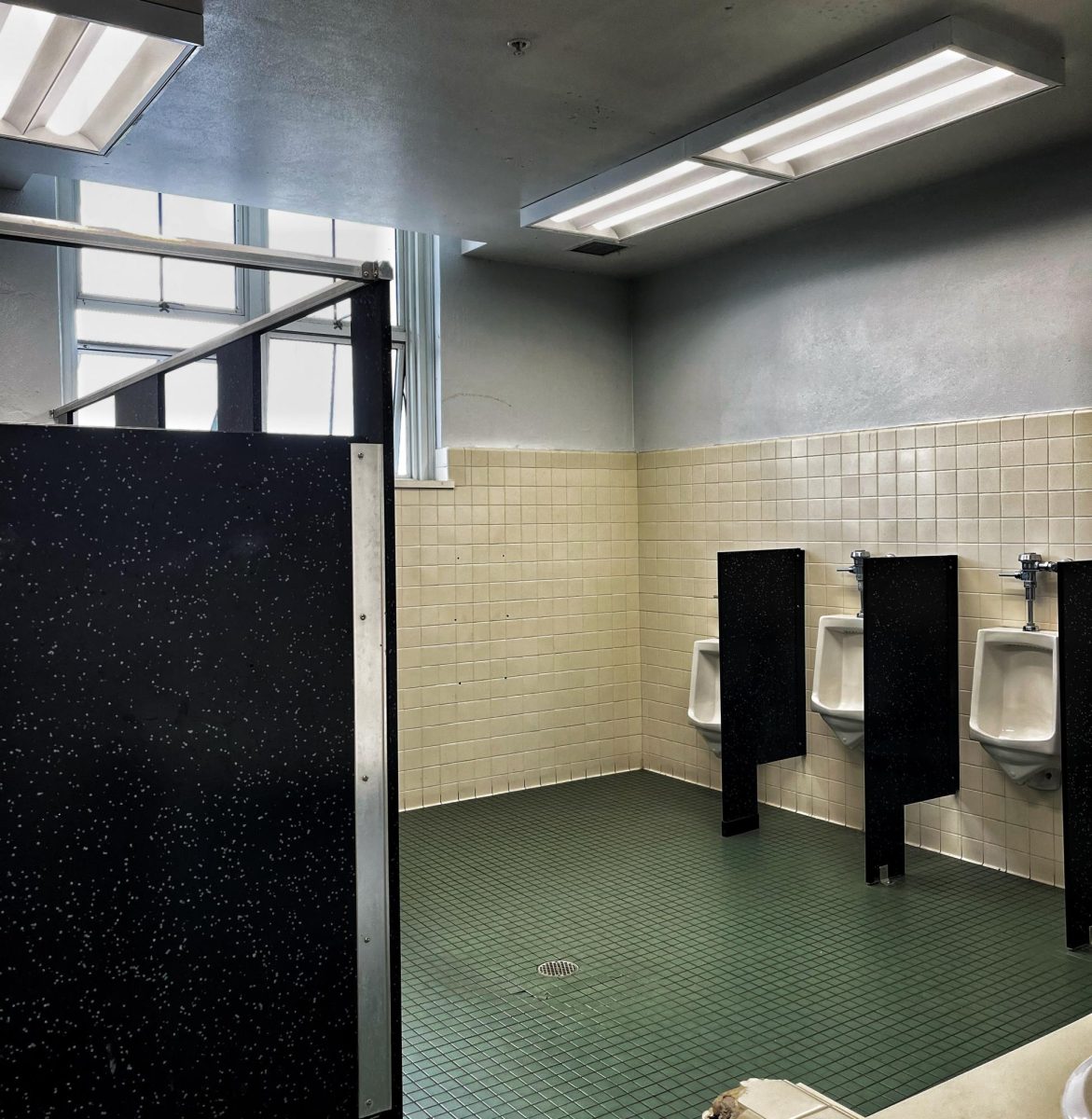Last year’s hurricane season can be seen as a wake-up call for Tampa Bay, with two back-to-back major hurricanes and a strong tropical storm. The records of severe wind, rainfall, and surge have all been broken. Perhaps the biggest element out of the ordinary this season was the fact that the Tampa Bay area had a landfalling hurricane for the first time in a century. While there were some successes, St. Pete was also caught off guard with these storms because we were scrambling to recover from one hurricane and prepare for another almost simultaneously.
Lesson 1: Our city is one of the most vulnerable to hurricanes and this season proved it. The city is overdeveloped, but with many low-lying areas, aging buildings and trees that are easily toppled by wind, and a drainage system that can barely handle summer storms. The city also recovers very slowly. With 2.1 million cubic yards of debris from Helene still on the ground in November, St. Pete faced adversity with Milton since the storm’s winds could have turned any debris left by Helene into a missile. Because of the significant rain during Milton, central St. Pete was very badly flooded. Many streets had feet of water, and the wastewater system was backed up, which led to much of it being dumped in the bay and leaving it dirty for months. Luckily, Milton was a far less extreme situation, as it weakened quickly. It narrowly missed St. Pete because of high wind shear. However, it serves as a wakeup call for the slow debris removal that resulted in many residents becoming impatient and often celebrating the rare sight of a debris removal truck in the months following the storms. This also led to the residents creating a website that tracked the debris left behind and dubbing them “Welch” piles due to the perceived slow response of the mayor. There are also suggestions for damage limitation by residents. Longtime resident Kai Cox said that the city needs to “trim trees earlier so that they don’t affect power lines” before storms, and in certain low-lying areas, they need to raise roads to mitigate flooding.
However, lawmakers from St. Pete are taking these grievances to Tallahassee. Many held forums and town halls after the storms, and local representatives are set to introduce many new pieces of legislation, including the My Safe Florida Home Program. This program aims to provide grants to raise homes and provide flood protection. These issues were voiced by many longtime residents of neighborhoods like Shore Acres who may not be able to afford the costs to lift a house and have been forced to move away. Other measures, such as HB 861 and HV 6009, have been taken in place to provide help, as well. HB 861 aims to provide a pathway to adapt wastewater management to the heavy loads taken during hurricanes, and HB 6009 provides regulations for cranes during the hurricane season.
Lesson 2: Forecasts are much more reliable now. Even an unusual storm like Milton wasn’t unexpected. The hurricane center nailed the landfall within 20 miles when the storm formed. However, this must be taken with a grain of salt due to the recent cuts from DOGE. Less data and forecasters will be available, so residents may have to be more alert for larger track shifts a day or two out. Also, preseason outlooks are also becoming less reliable, simply from more extreme variations in climate due to our warming planet. Last season was quiet for two months, until our lives were interrupted with multiple hurricanes forming in the gulf instead of the Atlantic.
Lesson 3: Residents can mitigate the damage, but they need to be more prepared in the future. Cox said, “there’s only so much you can do.” His house managed to have water sneak in during Helene’s surge despite his counter measures of “seal and peel [and] boarded up windows.” Residents in low-lying areas have a few options to fight against hurricanes: 1) they can build up 2) move out 3) rebuild and hope for the best. Cox chose A. He is rebuilding a house at an elevation of twenty feet instead of seven, with first floor abandonment. For many people in low lying areas, raising may be more of an investment than a resiliency project. Most people would prefer that their house be sold in one piece, rather than be torn down with another hurricane.


